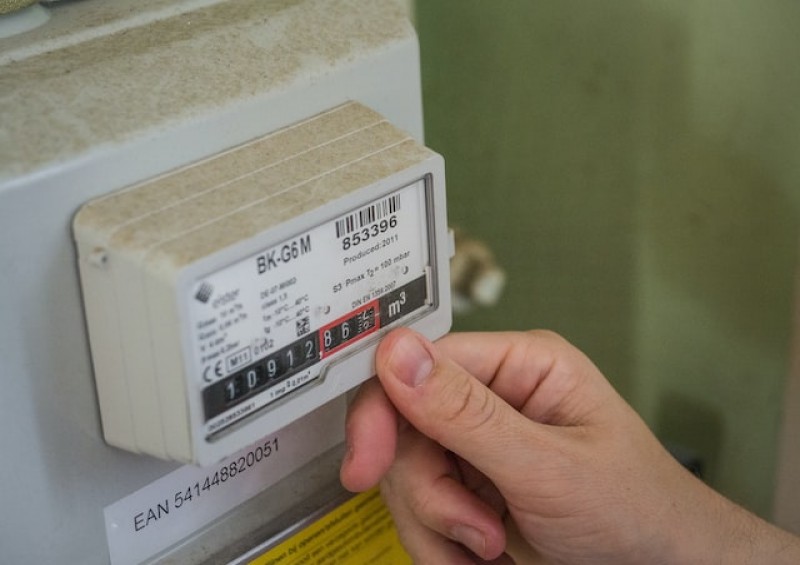How to read your gas or electric meter

With over a third of households stating that they do not have a smart meter in place, taking regular meter readings has become ever more important in the UK during the energy crisis. In this guide, we cover how to take a meter reading for both your gas and electricity suppliers.
How to identify which is your gas meter and which one is your electric meter
Gas and electric meters can look very similar so it's quite easy to get them mixed up. Your electricity meter will have 5 digits before a decimal point followed by a final number in red. There will also be kWh (kilowatt hours) next to it.
Most gas meters now show 5 digits and will have m3 (cubic meters) displayed as the measurement. If you have an older gas meter installed, usage will be measured in cubic feet and will only have 4 digits before the decimal point.
Why should you give regular meter readings to your gas and electric suppliers?
By providing regular meter readings you are giving your supplier accurate information about the gas and electricity you have used during a particular period of time. This ensures that you are charged the correct amount for your energy usage and removes the need for them to estimate what has been used, which sometimes can be higher or lower.
How often should you provide gas and electric meter readings?
With many energy suppliers now having online services to submit meter readings, it is recommended that you take your gas and electric meter readings once a month, just before your bill is due.
How to read your gas and electric meter
Standard meters
If you have a standard meter you will need to record the first 5 numbers on your meter for your electric usage and for your gas meter reading you will need to record the first 4 or 5 numbers.
Digital meters
Recently built houses and newly installed meters will usually now have digital displays. If you have a digital meter, you will need to read and record the first 5 numbers and ignore anything after the decimal point.
Dial meters
Dial meters are an older type of meter and will usually have 6 dials with different messaging. You will need to read each of the dials from left to right and any dial without numbers displayed can be ignored.
Economy 7 meters
These types of electricity meters will display two types of readings - on-peak and off-peak.
Daytime or on-peak will usually be found at the top and the off-peak will be found below. They can also be displayed as Rate 1 and Rate 2 on prepayment meters.
Prepayment meters
Due to prepayment meters needing to be topped up via a card or key, you will not usually need to take readings for this type of meter. Instead, you can keep track of usage on the meter by scrolling through the different screens which show how much credit you have and your usage.
How to read a smart meter
According to recent research conducted by Uswitch, over half of UK households now have a smart meter installed with over 800,000 households requesting a smart meter since the beginning of the energy crisis. It's important you know how to read your smart meter to see how much your usage has cost you. You can access this data using the digital display screen and all the information shown is also shared with your supplier, so you don't need to worry about taking readings from the meters yourself.
In most cases, energy suppliers will also have a mobile app you can log into to see your usage and accrued cost broken down by day, month and year.
Do you want to make sure you are on the best deal for your gas and electric?
See how much you could save by tapping the green button below:
